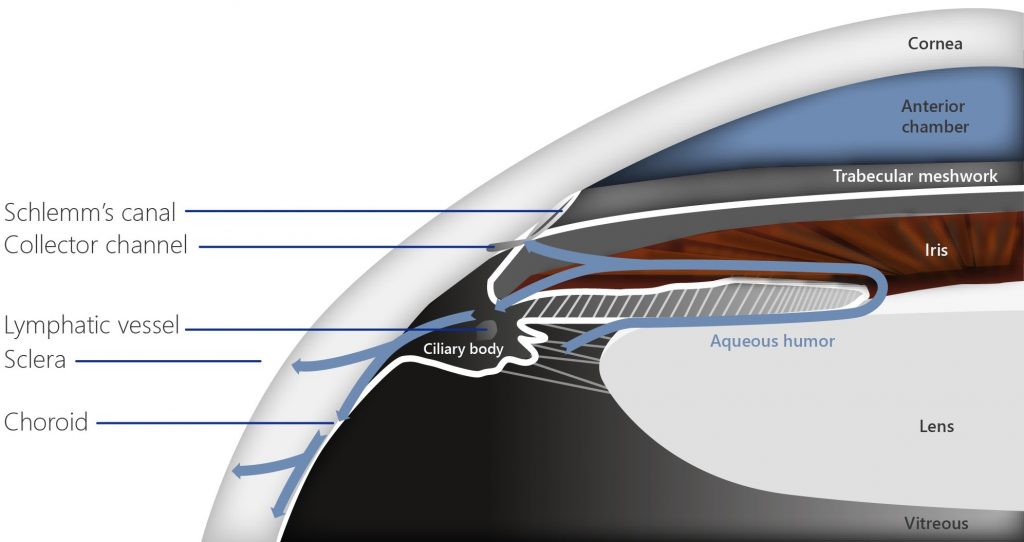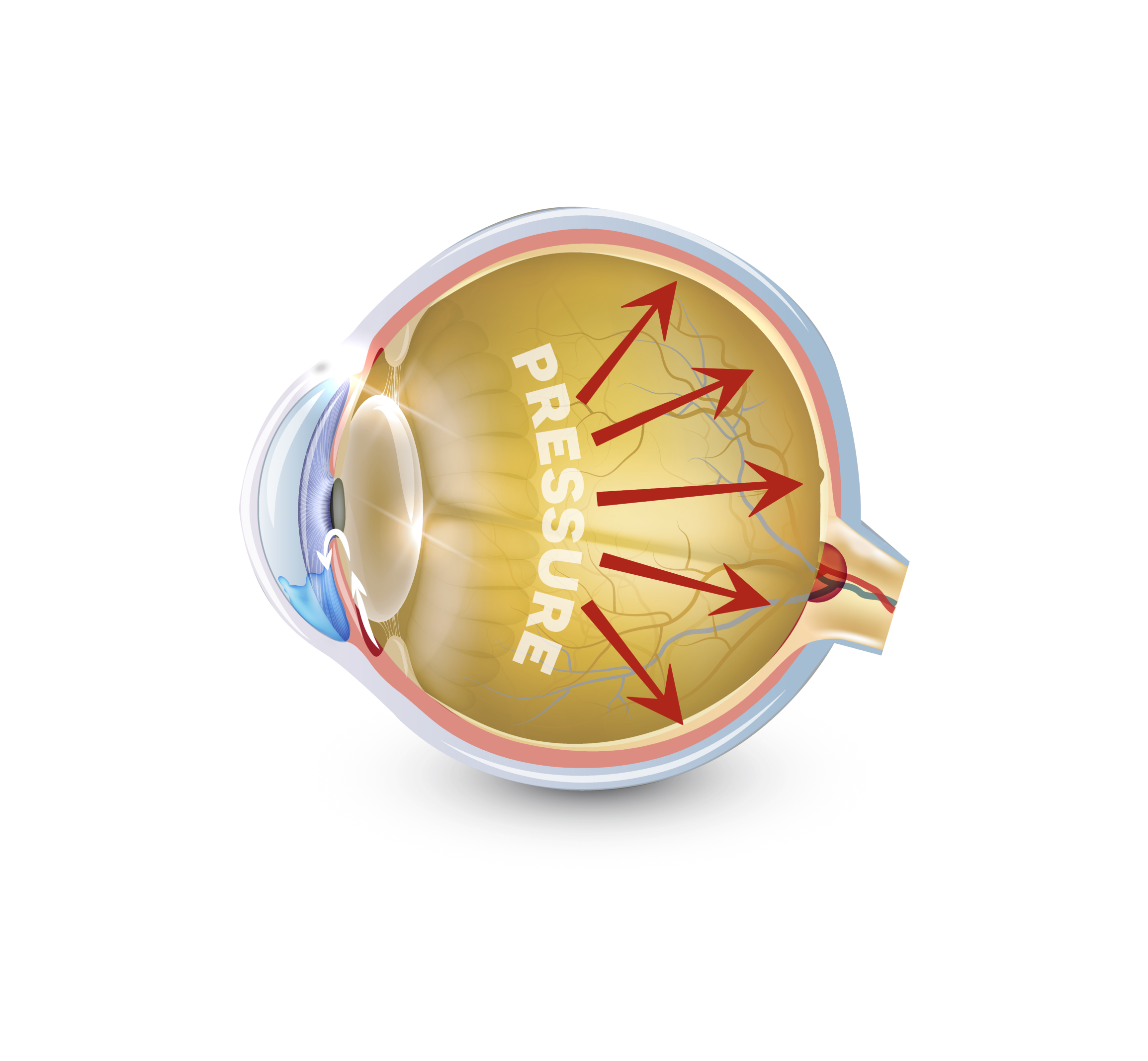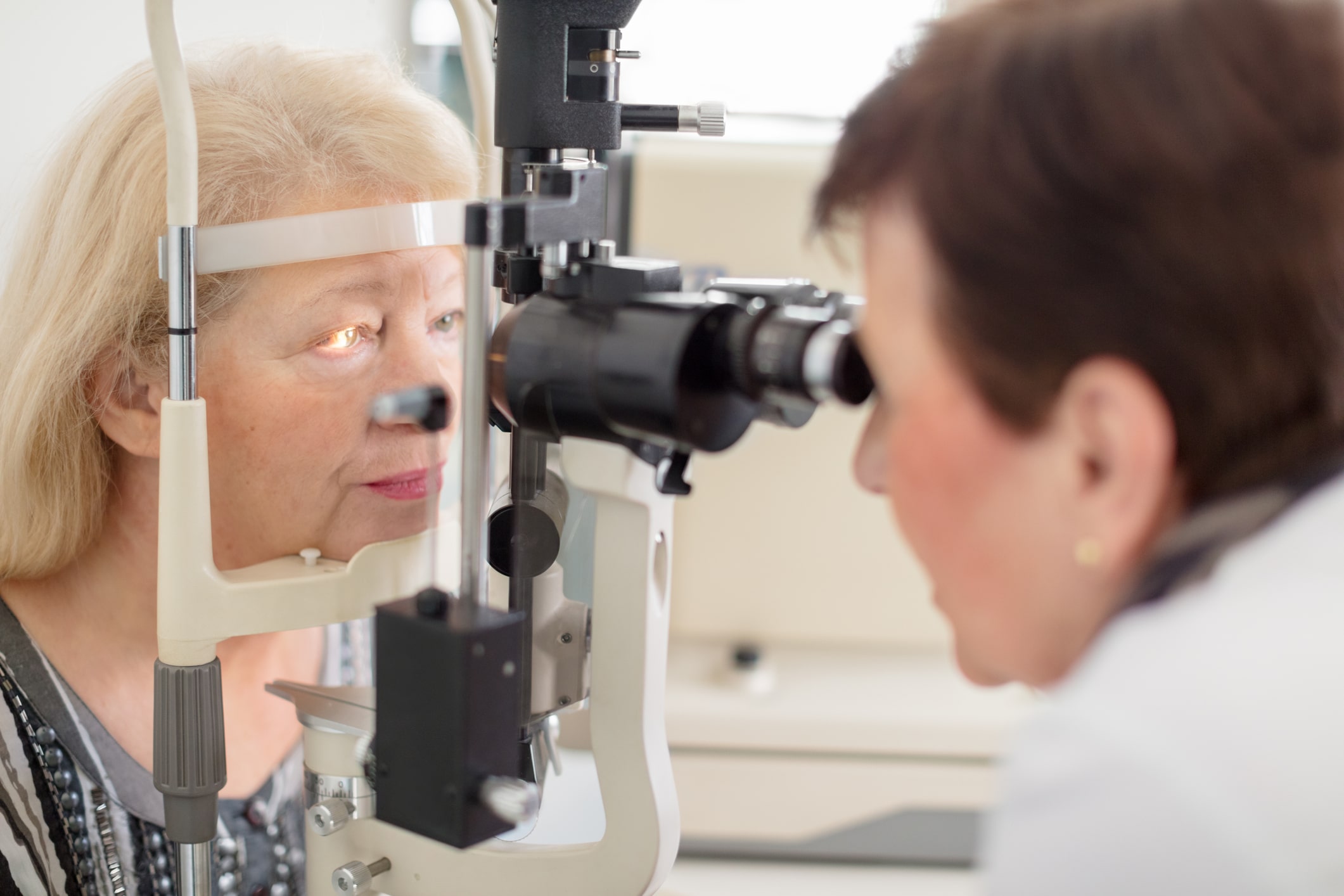

“Glaucoma is a progressive disease. It is the leading cause of irreversible blindness.”
Jonas JB, Aung T, Bourne RR et al. “Glaucoma”. Lancet 2017; 390: 2083–93
This is how glaucoma vision looks like compared to normal vision.
Normal vision
Vision with Glaucoma


Aqueous humor circulates continuously in the healthy eye. It is produced by the ciliary body, and flows from the back to the front of the eye, where it exits the eye.


In the glaucoma eye, outflow of aqueous humor is disturbed, leading to fluid build up in the eye. When fluid builds up, intraocular pressure (IOP), the pressure within the eye, increases and damages the optic nerve, causing blurred or reduced vision at first, and eventually permanent loss of vision.

Glaucoma can be diagnosed through several tests, including:

Risk factors for primary open-angle glaucoma, the most common type, include:
Glaucoma is a progressive disease that currently has no cure. However, glaucoma can be treated by lowering eye pressure to prevent further damage to the optic nerve. Target eye pressure varies from patient to patient. Eye pressure reduction, through medication (eye drops) or surgery, helps delay disease progression.
For more information: Glaucoma Research Foundation / Glaucoma UK / National Eye Institute